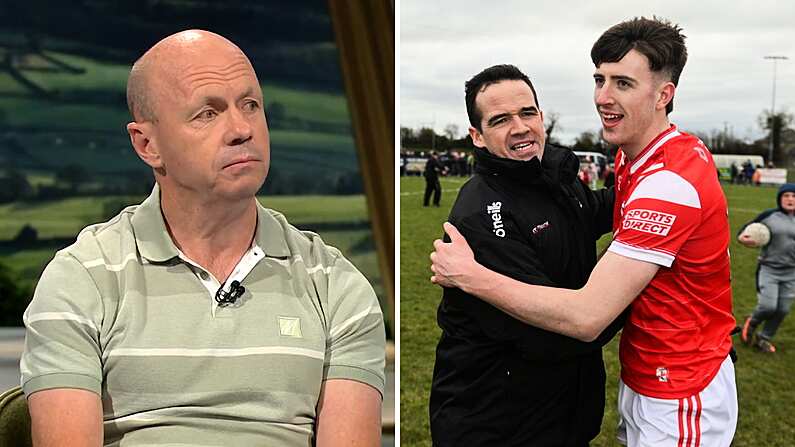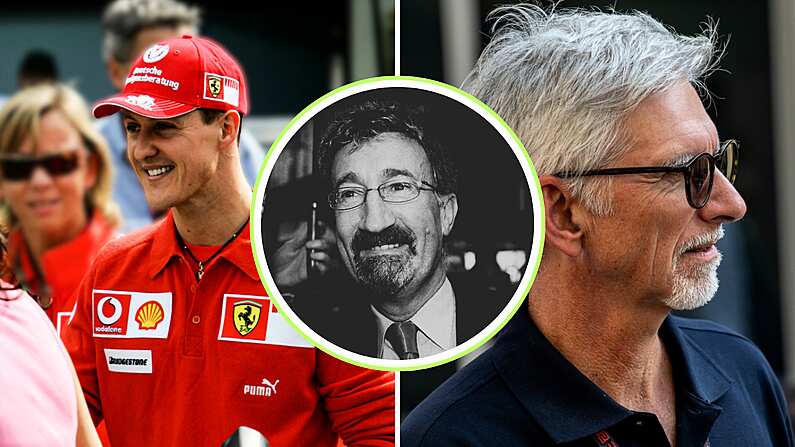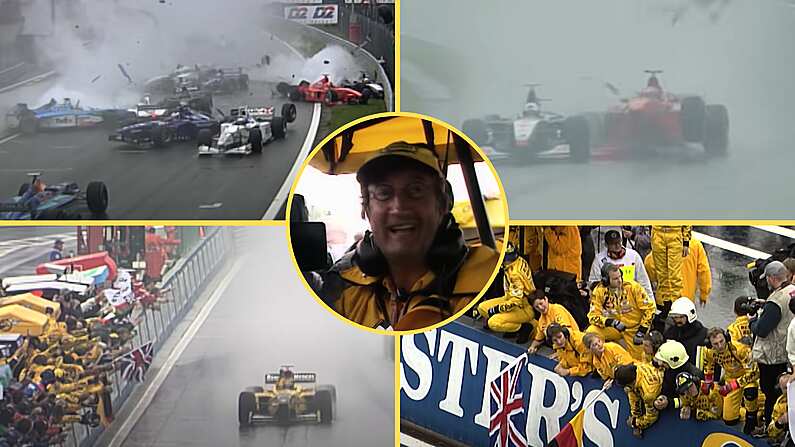In Ireland, the asylum comes alive in the winter.
As twilight annexes the evenings and the wind sweeps stiff contempt across the coast, the water stirs in turn with some manic compulsion among a merry band of anarchists on the shore.
Ross Whitaker's new documentary, Between Land And Sea, spends a year in Lahinch, gazing at a town at the mercy of the Atlantic Ocean, while spending time with the surfers who couldn't imagine being anywhere else.
Lahinch needs it too. The film opens on New Year's Day, showing streets populated by nothing but the promise of the summer, and follows the fortunes of the town as that promise is delivered upon, before receding again in the wintertime. The surfing boom hit Lahinch in 2000, and offset the decline in numbers visiting the town to golf, and has the added benefit of "keeping everybody young", as one resident put it. The winter is long, however, and perhaps too long: the denizens of the surf schools spend the vestiges of the March hoping to hit on value deals in Aldi.
Whitaker's work mingles the epic and the intimate, and while the footage of the waves is stunning, it is at its best when exploring the lives of those who cut such delicate, terrifying lines across them.
The ensemble of characters are fascinating: eccentric men battling their way through the primal elements of paradise: weather and fear.
Whitaker's stated aim was to cut through the "hype" of the gnarly, and instead to "find the quiet truth to of what it means to choose to be a surfer". The thrust of the obsession is probed, with Tom Doidge-Harrison, an Englishman who loved the Lahinch waves so much he couldn't live anywhere else, pondering "the idea of being a hair's breath away from pain, turmoil, fear...but when you're beside it...."
Ollie O'Flaherty, the poster boy of Irish surfing, has no truck for a perceived Irish inferiority complex, and is determined to put Lahinch on the map as one of the best surf spots in the world, remaining in thrall to the wild caprices of his "playground". His sharing his favourite surfing spots with an enthralled Shane Dorian, the American termed the "Lionel Messi of the surfing world", puts flesh on this ambition.
The surf schools too must contend with the weather: Ireland's infamous July weather can disrupt business for months.
But where the film is at its best is when its characters come into conflict with another implacable force: time.
Fergal Smith had the surfer's dream: full sponsorship allowed him chase waves across the world, before his conscience trumped all: concerned at the size of his carbon footprint as a result of flying to Tahiti and Honolulu, Smith moved back to Lahinch to become an organic farmer. He lives in the shadow of the waves, but he is increasingly forced to escape them: and his is a case study in what happen when barbarian days must give way to a coherent future.
Using the last of his surf sponsorship, Smith buys a patch of marshy land and builds a yurt to shelter his family, and now must contend with an equally harsh environment. The winter is spent hunched together beneath canvas from the howling winds and digging trenches to drain the land. Ever the surfer, Smith decrees that the weather is just a test to overcome.
Another man battling time is Pat 'The Whale' Conway: not a surfer but a 60-year-old swimmer, who has been swimming across Liscannor Bay to raise money for charity for 43 years. Expect him to make it 44 in a few months.
While Lahinch is so obviously shaped by its environment, so is its people, and they aren't going to stop conquering it anytime soon.
Between Land and Sea is in cinemas now. For more information, visit betweenlandandsea.com.
See Also: What It's Like To Surf The Biggest Wave In The World - And Fall Off At The Last Minute












